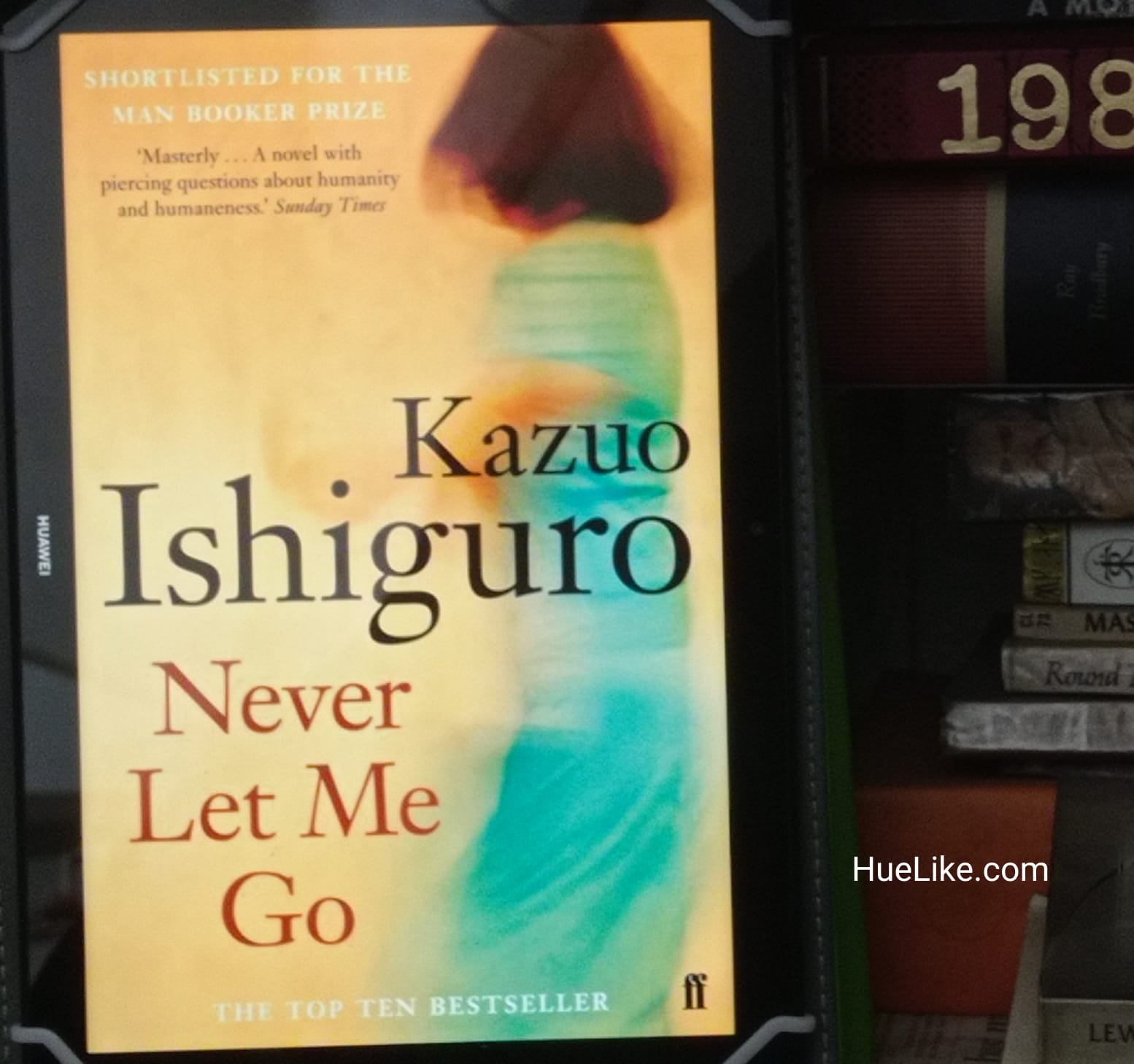This post has 903 words.
This post will take about 4 minute(s) to read.
Book Review: Never Let Me Go by Kazuo Ishiguro
Kazuo Ishiguro, born in Japan, is a multi-award winning British novelist. He has taken science fiction to an art form and have received the coveted Nobel prize for literature in 2017.
This book “Never Let Me Go” was first published in 2005. It is so many things, and it hits the reader in so many ways. A heartbreaking book, it’s written in first person narrative of Kathy H. who is a carer for eleven years and her current timeline is 1990s. As a “carer,” her job is to look after “donor,” and she does her work well.
She reminiscences about her life in the school at Hailsham, where they were under “guardians.” The reminiscence fills in the gaps between nostalgia and forgetfulness, but is also a curious exploration of long-held memories.
In our life, we often think of past and continue to evaluate and re-evaluate ourselves by digging deep to decipher and understand the real meanings of words and actions of others. The book drew me in with the reminiscence that makes Kathy see things in a different light. As a grown up she tries to find meaning to action they did as kids and those of their teachers. What hit me through all this that life at Hailsham appeared so idyllic. Everything looked perfect at Hailsham, and I found asking myself the question – “Don’t these kids have parents or relatives who come and visit them?” or, “No mention of kids going on vacations to their home?” or, “What makes them special?”
The “suspension of disbelief,” is artistic, and one can augur that all this calm is a forewarning to the storm stored in the next pages of the book. The story has layers and layers of peeling of relations – with friends and with teachers. What those means, why someone said that, why someone did? What could be the motivation? How relations evolved among those who were at Hailsham.
Considerate teachers at Hailsham try to shelter the kids and involve them in art and paintings, while others, not as considerate are blunt with kids. However the kids of impressionable age of thirteen process it as jokes like:
How kids remember their teachers when they grow up. How Kathy tries to find meaning into actions of favorite teachers as grown up. The author draws the reader each step into the super dystopian world that keeps spiraling down. The relationship of friendship (think: Triangle) is explored in many ways, through various dilemmas of love and hearbreaks and at a later stage of professional one between carer and donor.
I won’t say the book depicts total acceptance of fate as there is a desperation to find ways to survive like the “deferrals,” but it turns out to be a mirage. Obviously acceptance of one’s situation, and not resistance, is the objective. Perhaps the author by giving a sheltered upbringing has stalled the thought of resistance in the kids of Hailsham.
Being a science fiction, it takes us to a society where with the advances of technology ethics lost meaning. There is nothing like the word “misuse” as it has become the norm. Needless to say, Kathy H, after being a carer for so long has to be a donor. No exceptions. It’s just shielding of the doom for so long.
Often inequality and exploitation are diffused and invisible in the society. Ishiguro has transformed it to a commentry in its most gruesome form. This exploitation is of the form where people can have clones whose organs can be harvested when needed.
Another thing is the nature of a “sheltered” place in a situation of ultimate doom. And such sheltered places like Hailsham were shut down when due to Morningdale incident, people felt threatened of ultimate doom if superior humans got created. Funding for Hailsham (a model school) stopped, but not the system of harvesting organs from the clones that already existed. Perhaps this is conveyed by Kathy in the initial pages when she says, “But these days, of course, there are fewer and fewer donors left…”
This book has also been turned into a movie (I’ve not seen it).
In conclusion I can say, those who want to go into nuances of relations in a dystopian world, explored in a myriad form, this book is definitely for them. A casual reader may find this confusing due to the complex layers of exposition and structure. Finally, at the end, it’s not the feeling of relief, but a poignant sense of haunting despair that remains after reading the book.
Copyright © Anup Mukherjee
The downloaded content is only for personal use and not for redistribution.
